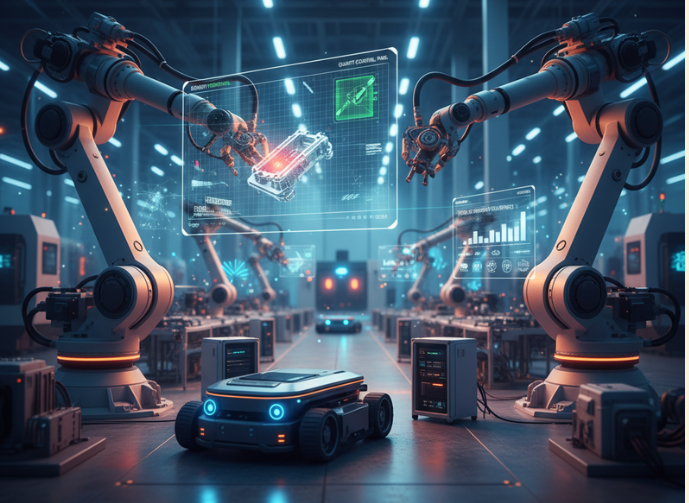Computer Vision
Edge AI Revolution: Why Your Computer Vision Models Need New Data Strategies

Published on August 28, 2025 · 9 min read

Edge AI is reshaping computer vision applications, moving inference from cloud servers to smartphones, cameras, and IoT devices. This fundamental shift requires a complete rethinking of how we collect, label, and optimize training data for models that must perform flawlessly in resource-constrained environments.
The Edge Computing Imperative
Traditional computer vision models optimized for cloud deployment often fail spectacularly when deployed to edge devices. The constraints are severe: limited processing power, minimal memory, strict power budgets, and the need for real-time inference—all while maintaining accuracy standards.

Data Optimization Strategies for Edge Deployment
Success in edge AI requires fundamentally different approaches to data preparation and annotation. Every byte matters, every annotation must be perfect, and every training example must maximize information density.
Precision-Focused Annotation Requirements:
- Strategic Object Selection: Curated taxonomies with only essential classes
- Optimized Bounding Boxes: Perfect balance between precision and context
- Device-Specific Data: Training data that reflects target hardware characteristics
- Temporal Consistency: Stable annotations across video sequences for optimization
Edge models cannot afford the luxury of redundant training data. Every annotation must be precisely crafted to maximize information density while minimizing model complexity.
The Future of Edge Computer Vision
As edge devices become more powerful and AI chips more efficient, the opportunity for sophisticated computer vision applications continues to expand. However, success requires a fundamental shift in how we approach data labeling and model training.
TrainsetAI specializes in edge-optimized data labeling, helping companies create ultra-efficient datasets that maximize model performance within strict resource constraints. Our edge AI annotation protocols ensure your computer vision models perform reliably across diverse deployment scenarios, from autonomous drones to smart retail cameras.
Frequently Asked Questions
What makes edge AI different from cloud-based computer vision?
Edge AI operates under strict resource constraints including limited processing power, memory, and battery life. Models must be highly optimized and data must be precisely curated to achieve real-time performance on devices.
How do you optimize training data for edge computer vision models?
Edge optimization requires device-specific data collection, precision-focused annotation with higher quality standards, strategic selection of training examples, and validation on target hardware throughout development.
